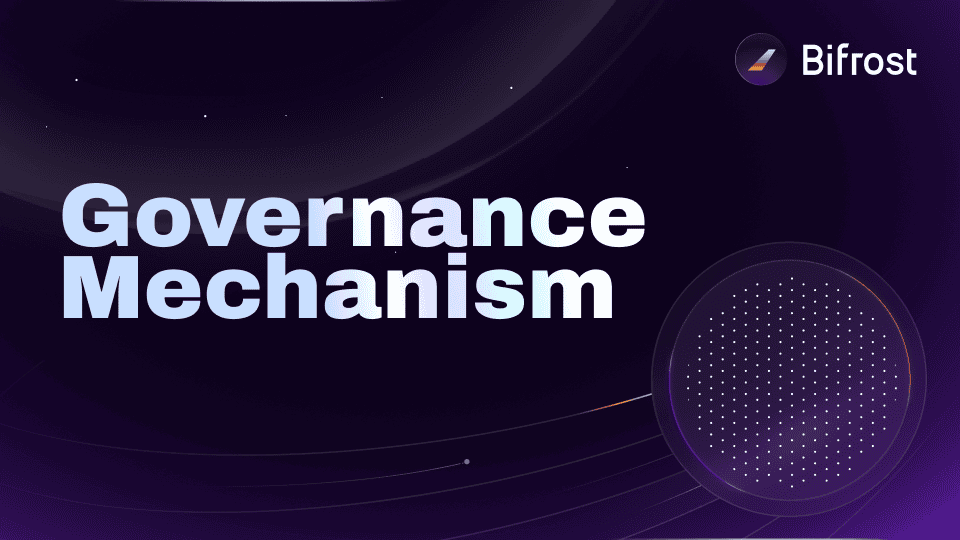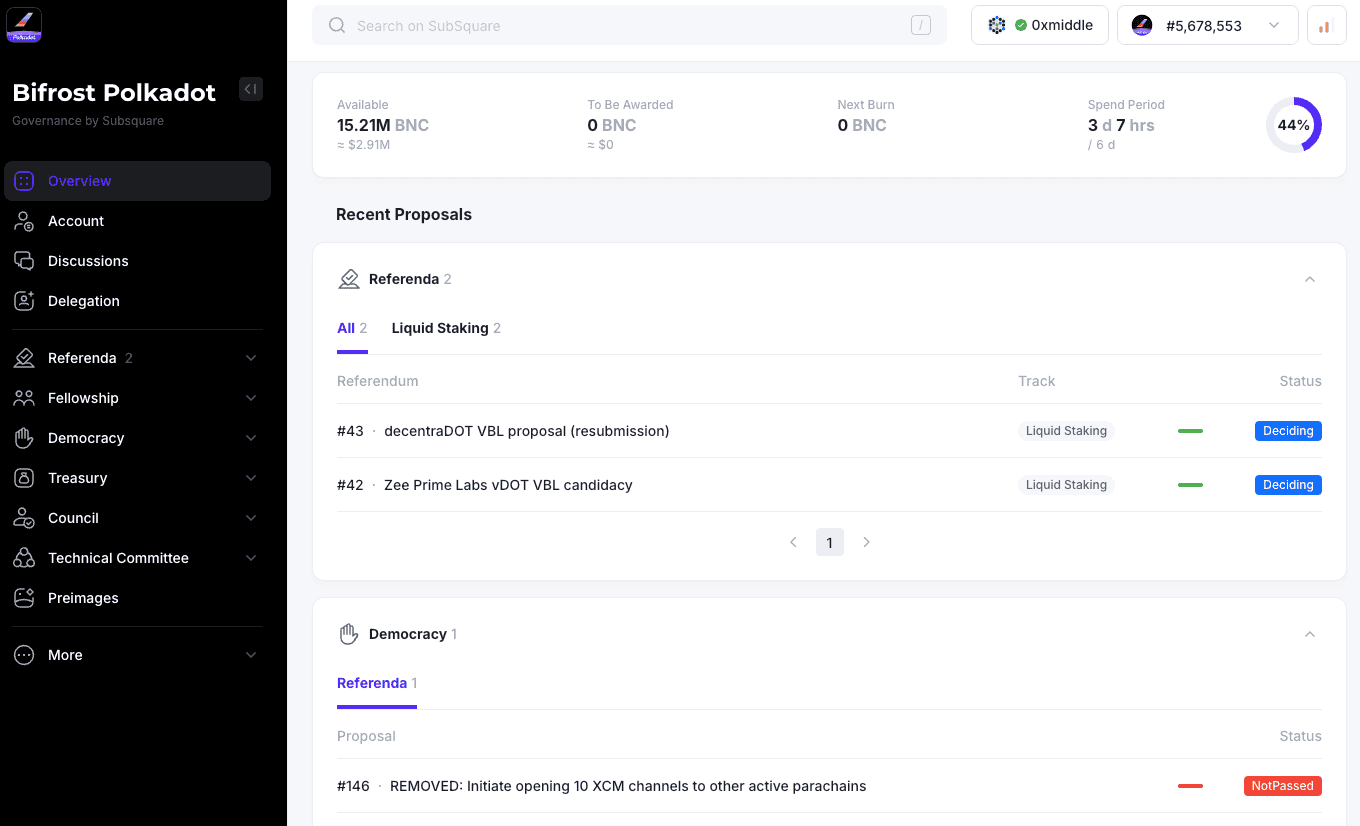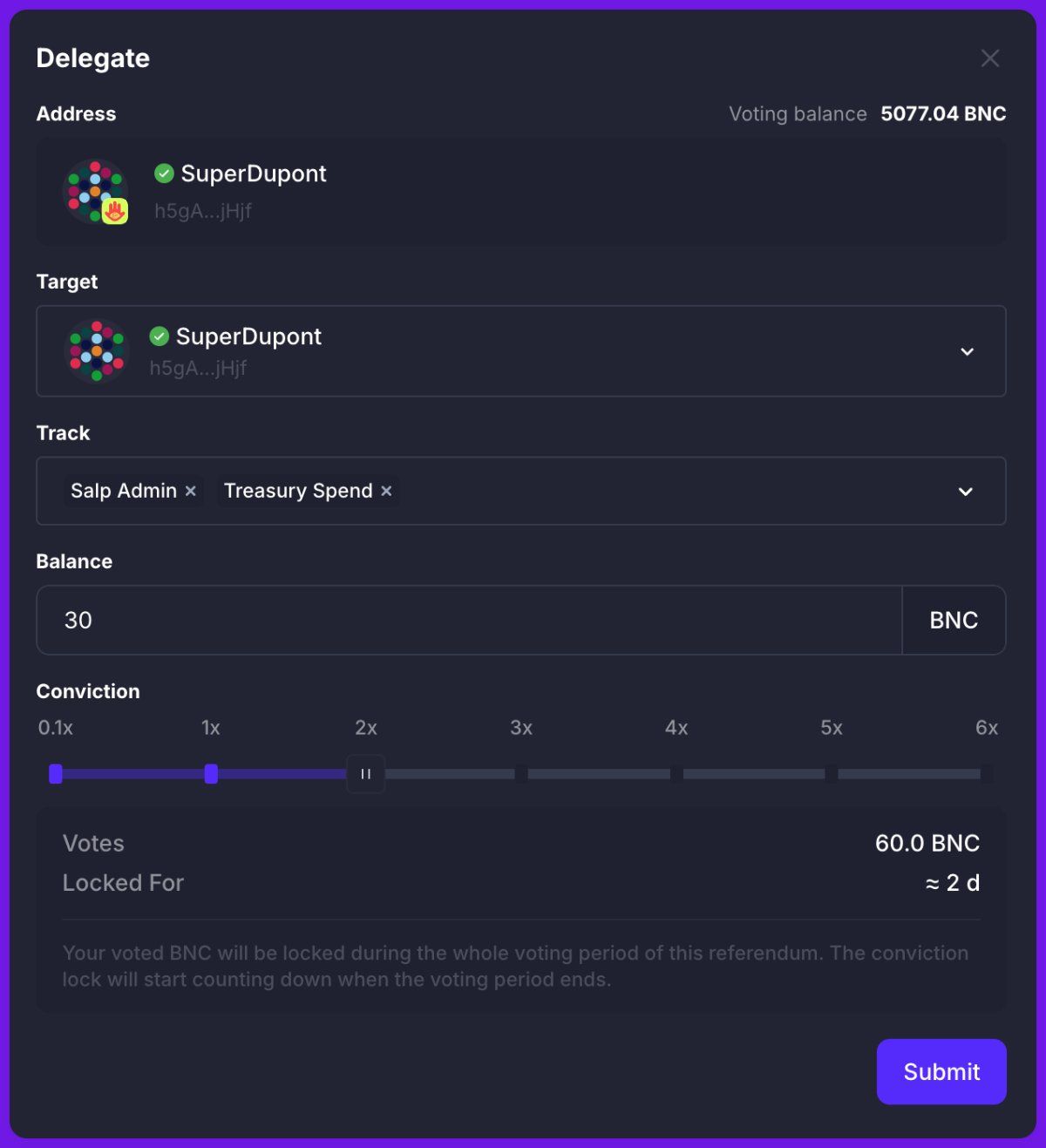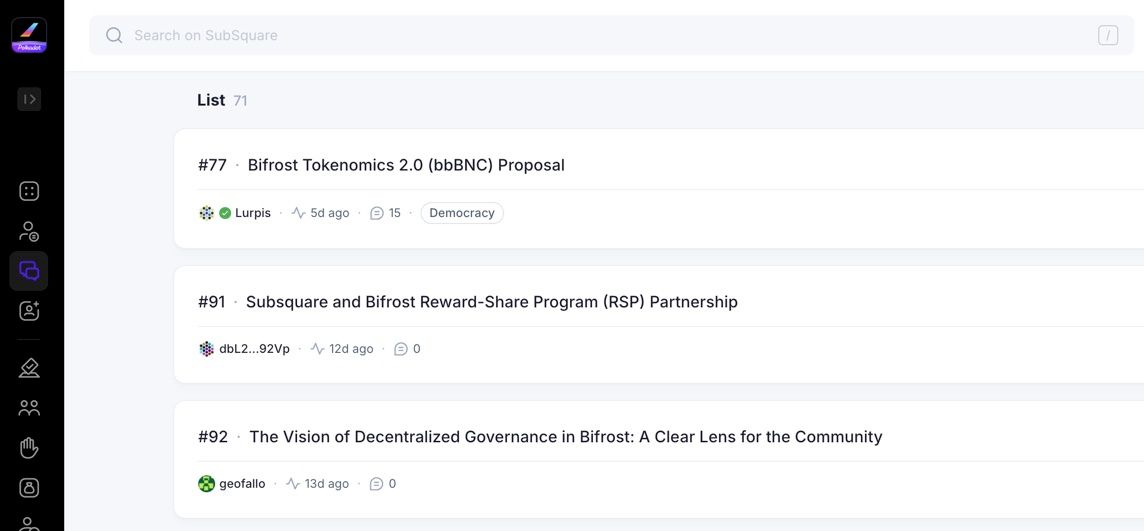
Bifrost Governance Interface
Bifrost OpenGov utilizes a custom governance interface powered by Subsquare, offering a simple and clean experience.

The Overview and Referenda pages display all ongoing proposals, allowing users to access and vote on any of them. On the Account page, users can see the proposals they have participated in.
If you don't have time to vote, you can delegate your voting power to others in the Delegation section. Similar to Polkadot OpenGov, Bifrost OpenGov allows users to delegate their votes to different representatives across different tracks. You can see the full tutorial here.

In addition to governance-related pages, there is also a Discussions section. We believe that the process of discussion and negotiation is just as important as the governance process itself. We encourage ample discussion of proposals in the Discussions section to collect feedback and refine them before formal submission.

How to Make A Proposal On Bifrost?
If you wish to initiate a proposal, the process generally involves the following steps:
- Proposal Discussion: Publish your proposal draft in the Discussions section to gather community feedback. You can adjust the proposal based on community input.
- Off-Chain Voting: Initiate the proposal through the Off-Chain Voting section. Once the off-chain vote is approved, you can proceed to submit the proposal on-chain.
- On-Chain Voting: Create an on-chain preimage for your proposal. Submit it on the relevant track and wait for the voting outcome.
For more specific guidance, Bifrost provides a Proposal Guide in the Docs, including templates for major tracks, which can serve as a reference when initiating a proposal.
Summary
We observe that Bifrost's governance mechanism has continuously evolved in tandem with its business development, always advancing steadfastly towards decentralization and community autonomy.
Unlike Web2, Web3 allows us to be initiators of a venture, but not its owners. Community ownership, co-governance, and shared benefits are the goals that Web3 protocols should strive for, aligning with the interests of protocol survival and growth.
Notably, we have initiated and successfully passed the BNC Tokenomics 2.0 proposal, which will be launched this year. This marks a major milestone: sharing protocol profits fully with the community, a key step towards true decentralization—community sharing!
Of course, Bifrost's governance system will continue to evolve alongside its business, and our exploration will never stop!



